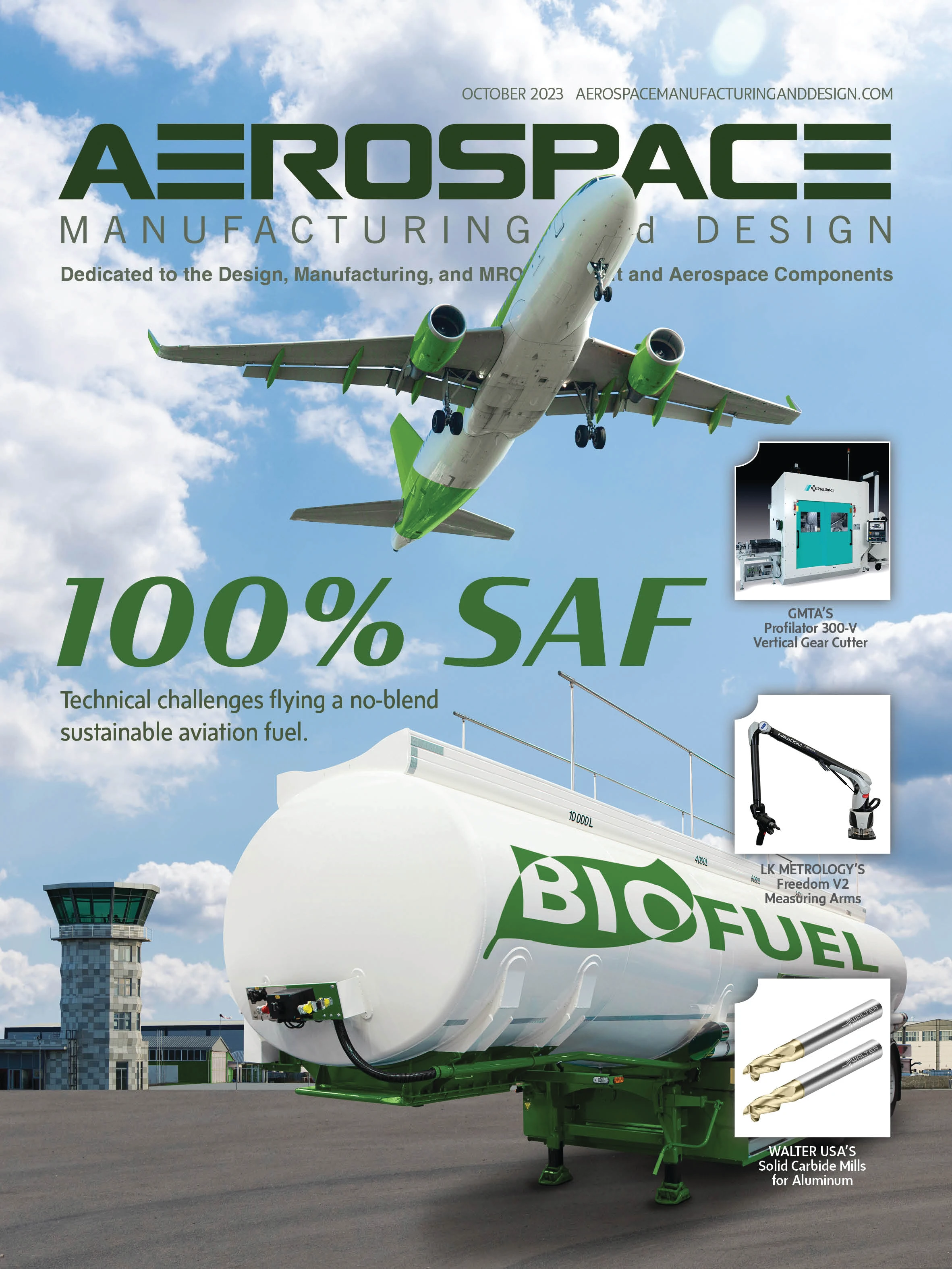
GIE MEDIA

1. Why would I want to use vacuum oil quench (VOQ) instead of a high-pressure gas quench (HPGQ)?
Good question. We all understand a high-pressure gas quench is often better for dimensional stability and guaranteed bright and shiny parts. Unfortunately, HPGQ is no match for the cooling rate of conventional liquid quenchants (water, oil, polymer, salt) when it comes to certain alloys and large cross-sectional thicknesses. Sometimes the part is just too big to effectively cool with a gas, no matter the pressure.
Another limiting factor to be considered when choosing a quench medium is the customer specification itself. For example, AMS2759 / 1 does not allow HPGQ of 4130, 4140 or 4340 steel. These alloy steel grades are frequently used to make various aircraft parts. The requirements are very clear, only oil/polymer shall be used. When you add other requirements for things like surface finish, surface contamination and distortion control, VOQ is the only option.
2. Does VOQ minimize distortion vs. traditional quench and temper processes?
Yes. Keep in mind that a VOQ furnace, really all vacuum furnaces, are loaded at room temperature avoid any initial thermal shock. Second, vacuum furnace loads are heated uniformly via radiant heating around the part, limiting temperature variation during the ramp. These factors have proven to minimize distortion over traditional practices. Then there’s the transfer mechanism from the vacuum furnace chamber to the oil quench tank itself. With transfer times of less than 30 seconds, you do not have to worry about areas of the furnace load beginning to cool excessively before it hits the oil. Plus, there’s oil quench itself. Oil is the Goldilocks quenchant for steel. Not too fast resulting in excessive distortion or quench cracking but also not too slow for incomplete hardenability.

3. Do I still have to worry about decarburization or oxidation in a VOQ furnace?
The hardening in a VOQ furnace is done after pumping the furnace down to less than 100 microns. We have examined bolts, nuts, landing gear, pistons and everything in between with no measurable layer of decarburization. There’s no discernable surface contamination period. At elevated temperatures, the source of most surface contamination in non-ferrous and ferrous alloys is the air we breathe. By holding a 100 micron or lower vacuum chamber pressure, we can remove the oxygen to eliminate any risk of oxidation or decarburization. Also, without any oxygen, there’s no risk of combustion meaning no flames during the quench. It is a much safer process.
4. What’s the transfer time from the furnace chamber to the oil tank?
The transfer time from the vacuum chamber to the oil quench vestibule is anywhere from 20 to 45 seconds depending on how the transfer mechanism is set. Because the entire process is fully automated, load thermocoupled and video recorded there is no variation from load to load. And because it is so fast, there is no risk of excessive temperature loss before the furnace load hits the oil. Which, as we already discussed, helps ensure quench uniformity and minimize distortion.
5. I have a Prime specification that calls out different oil temperatures. Can the oil temperature be changed? What about Martempering?
The VOQ can utilize different types of quench oil. Solar uses a medium speed quench oil with a preferred operating temperature of between 120°F and 160°F. With an external oil heater, the oil temperature can be adjusted as needed to meet the required quenchant temperature. So, if you switch out a standard quench oil for a marquench fluid, then you could very easily convert it to a vacuum marquench furnace.


Explore the October 2023 Issue
Check out more from this issue and find your next story to read.
Latest from Aerospace Manufacturing and Design
- Revitalizing the Defense Maritime Industrial Base with Blue Forge Alliance
- Safran Defense & Space opens US defense HQ
- Two miniature absolute encoders join US Digital’s lineup
- Lockheed Martin completes Orion for Artemis II
- Cylinder CMMs for complex symmetrical workpieces
- University of Oklahoma research fuels UAS development
- Motorized vision measuring system
- Everyone's talking tariffs





